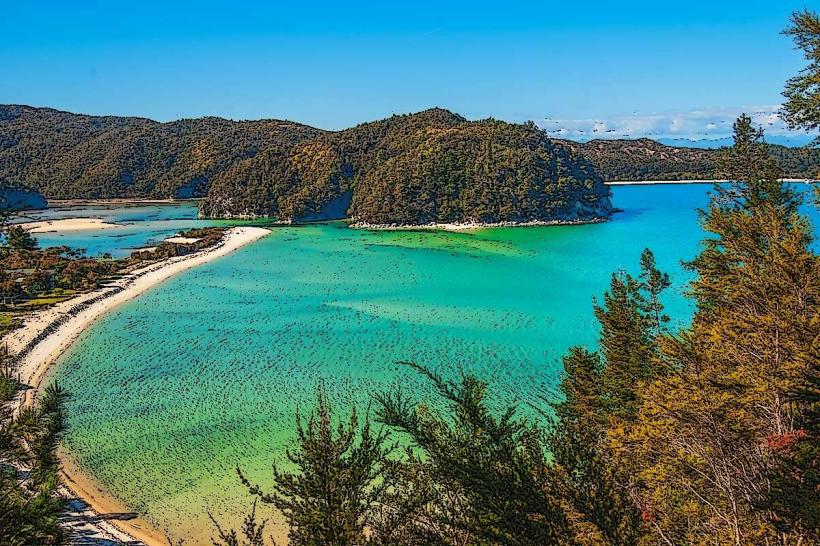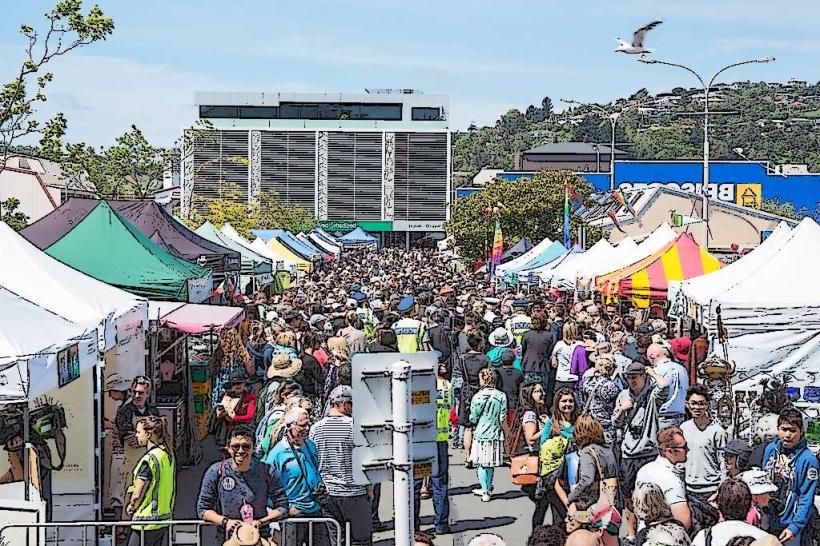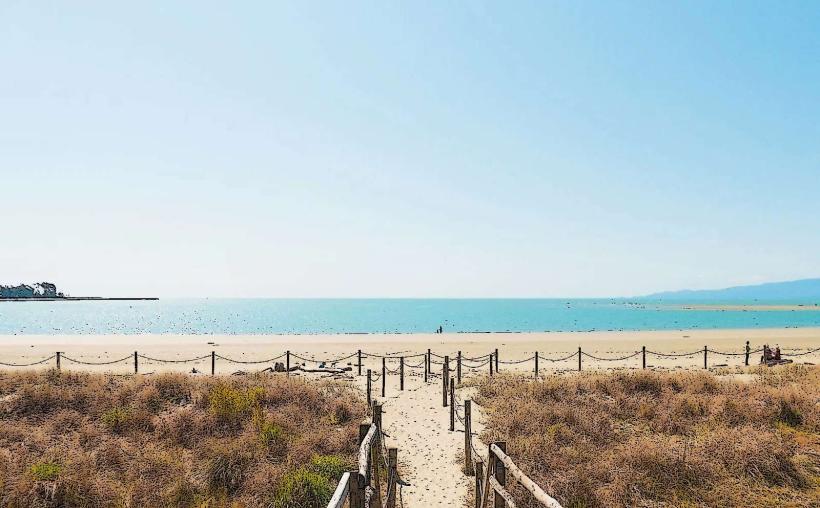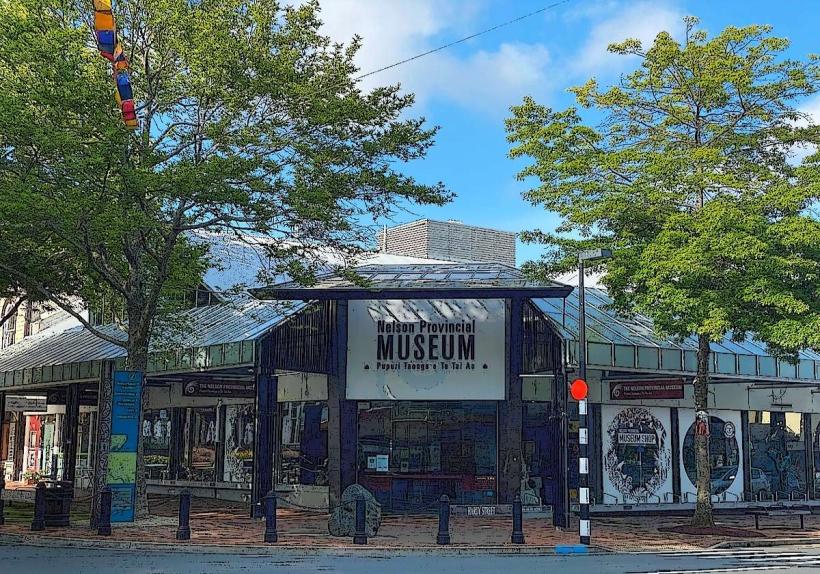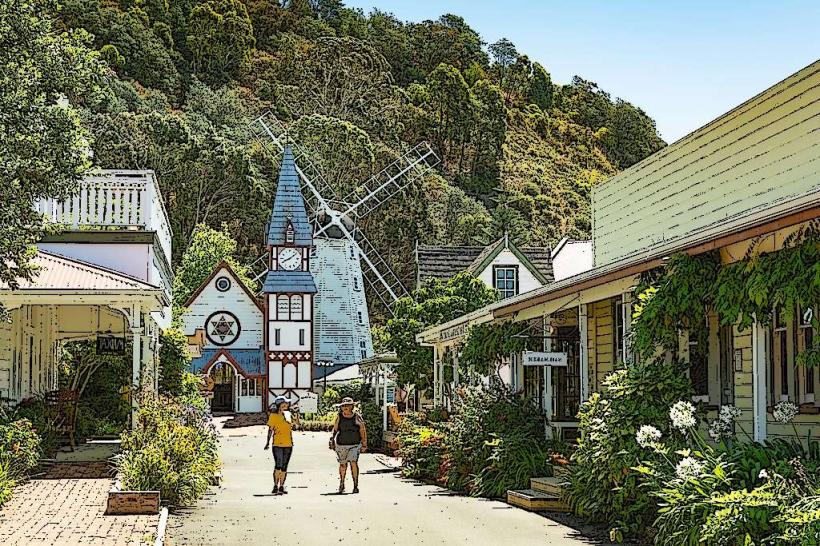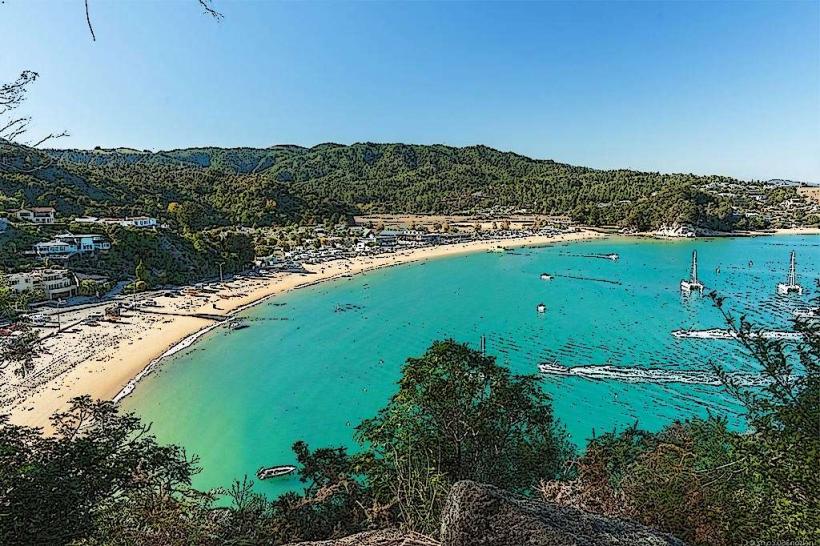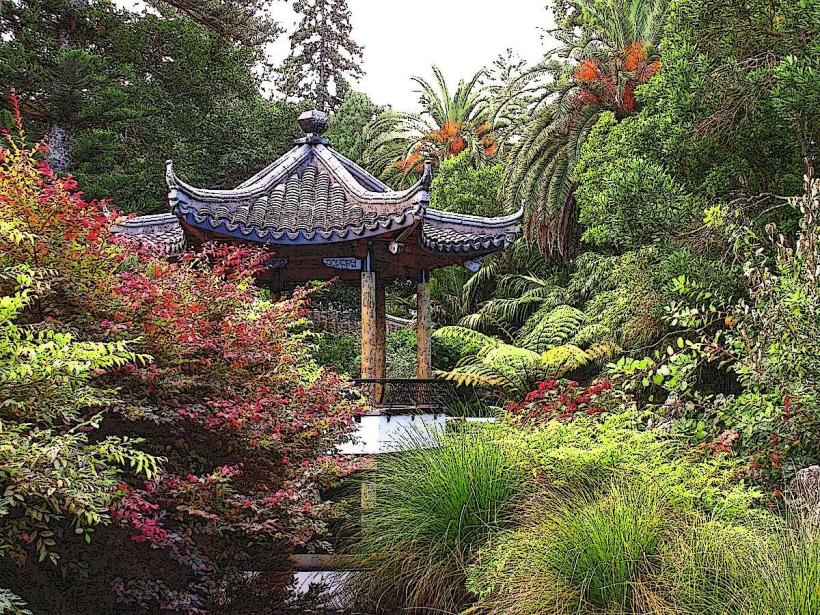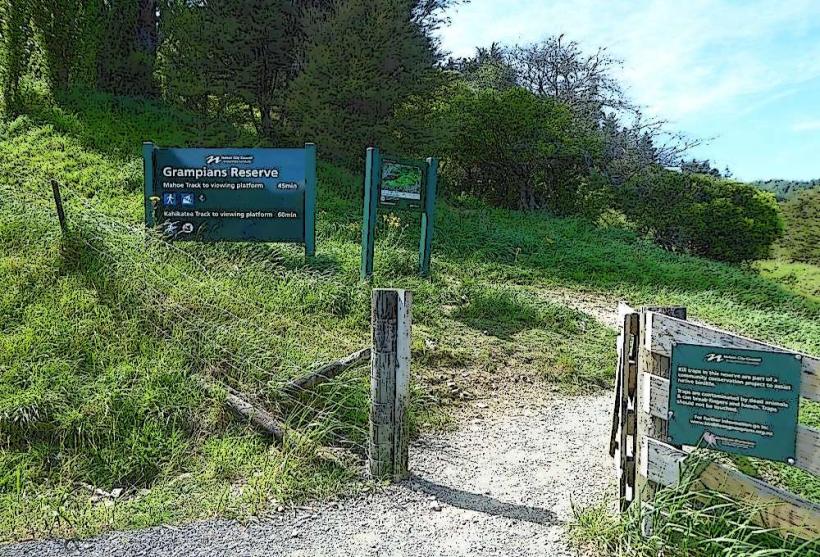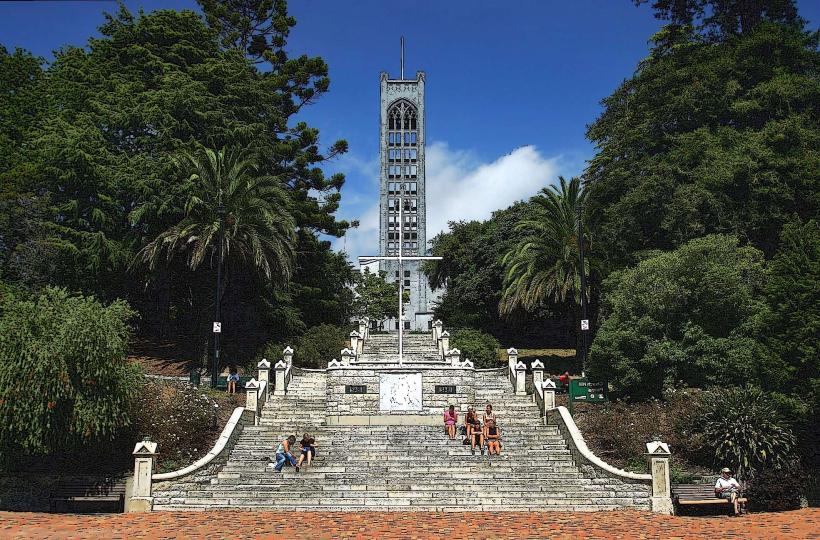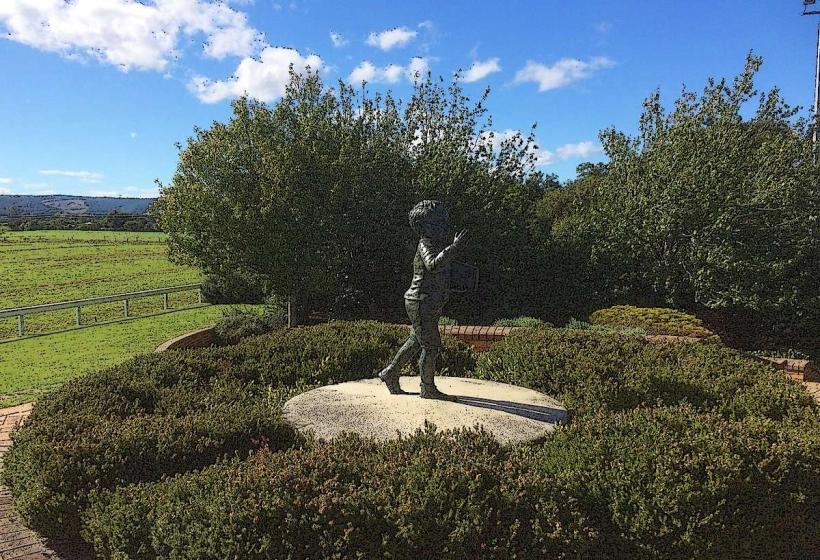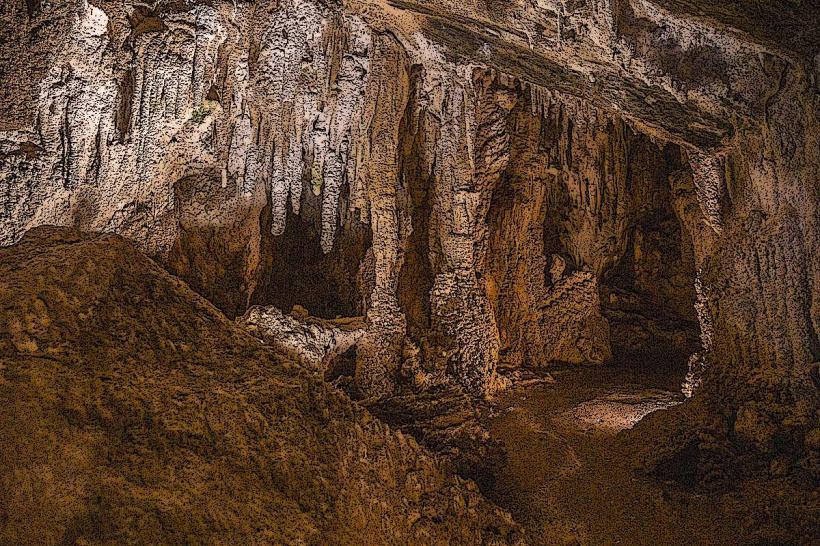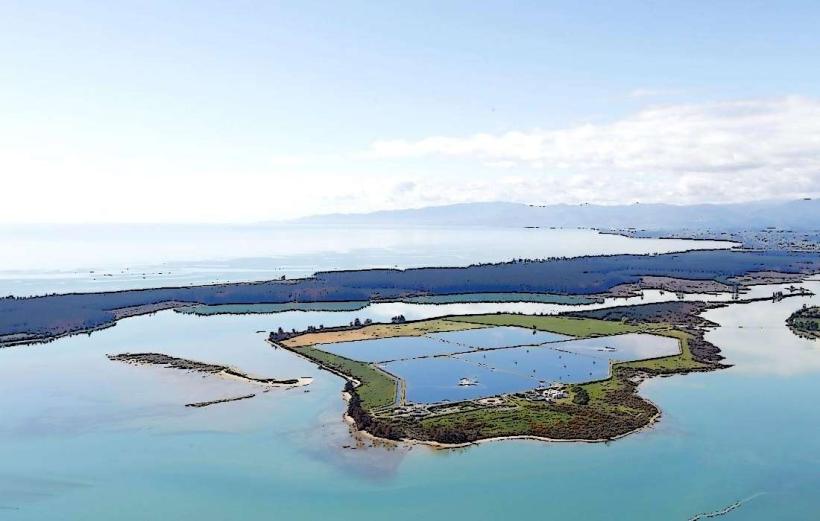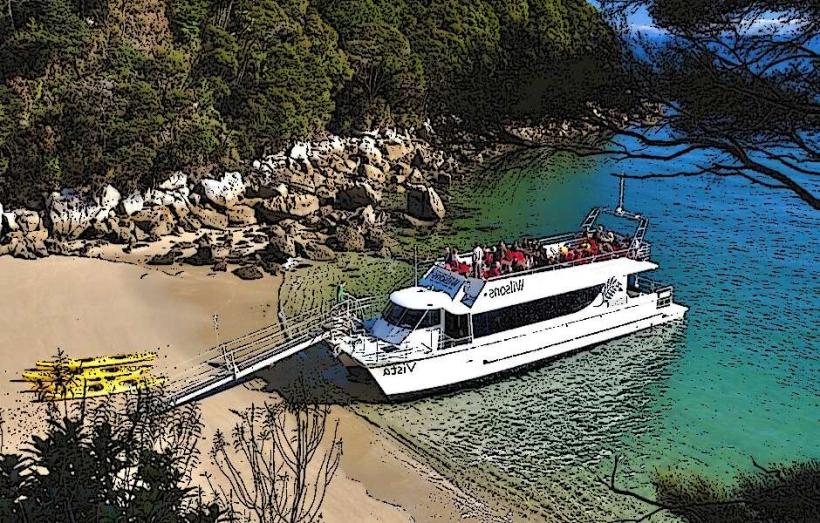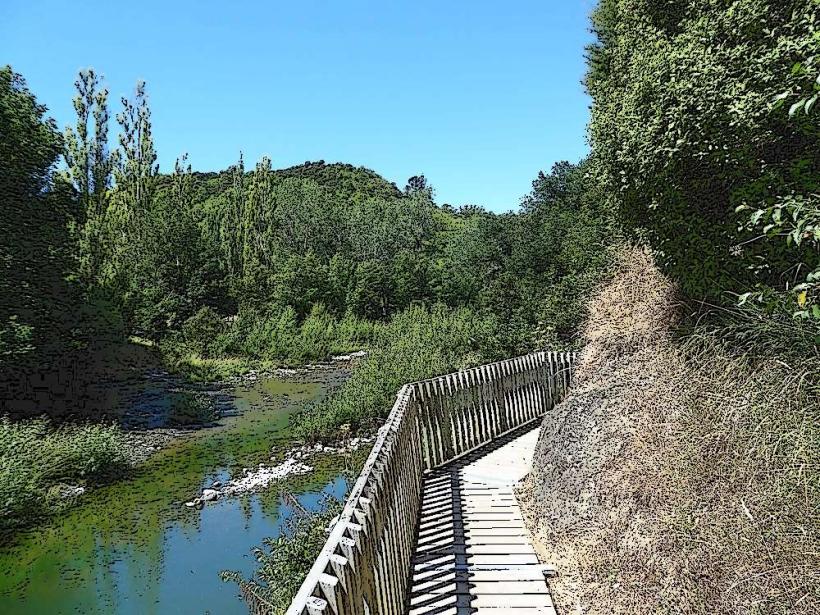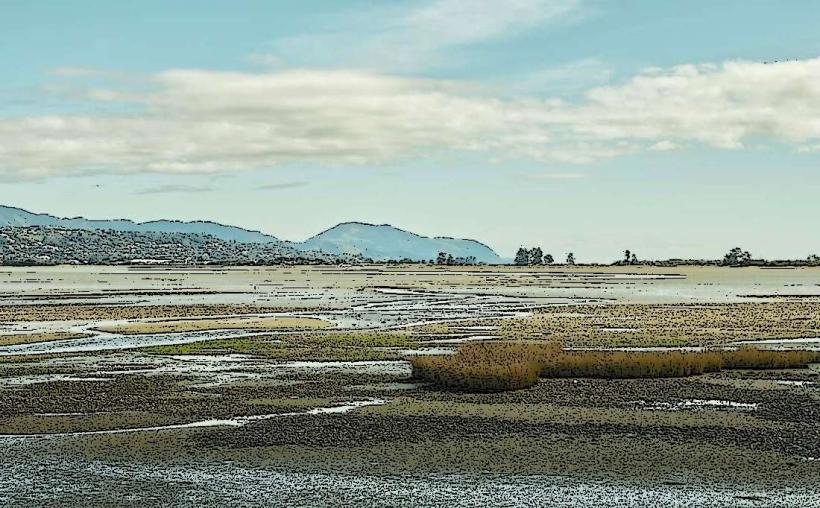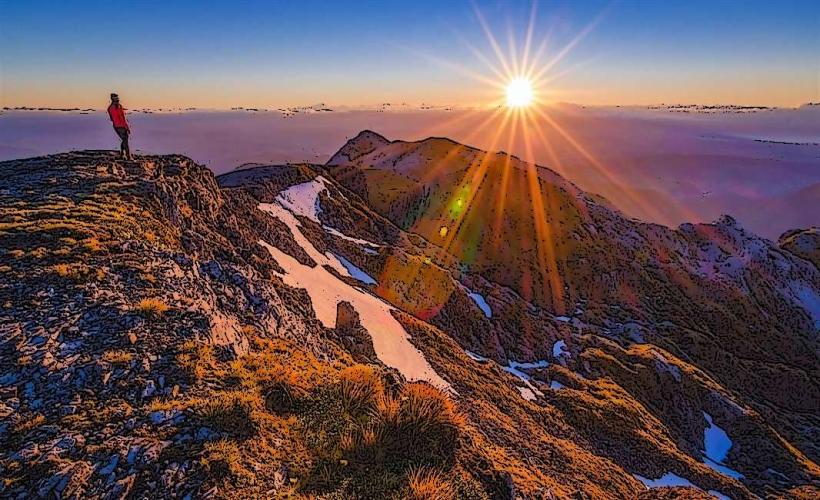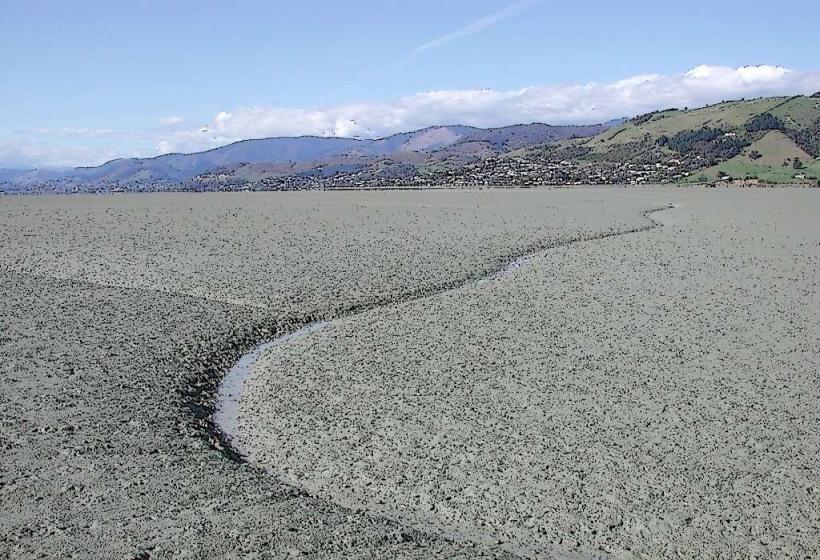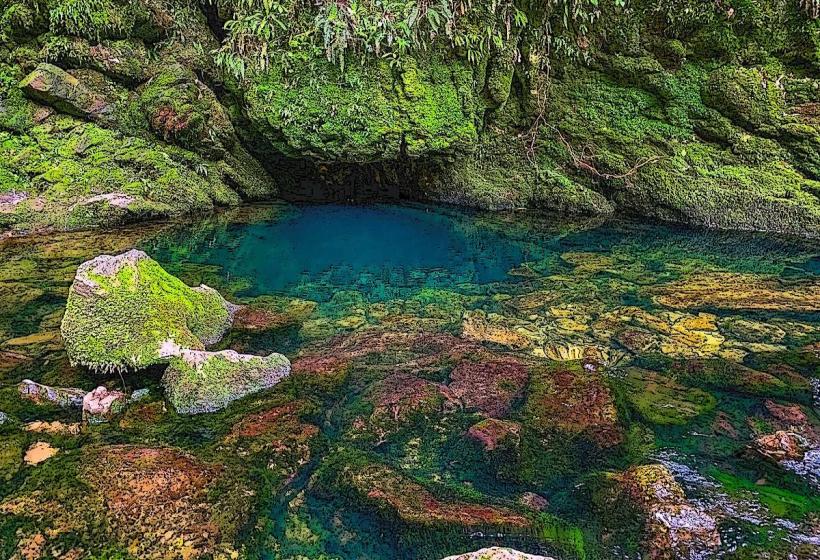Information
Landmark: Abel Tasman Coast TrackCity: Nelson
Country: New Zealand
Continent: Australia
The Abel Tasman Coast Track is one of New Zealand's most famous and scenic Great Walks, located in the Abel Tasman National Park in the Tasman region of the South Island. Stretching for about 60 kilometers (37 miles), this track runs along the western coastline of the park and offers stunning views of the Tasman Bay, golden sandy beaches, dense forests, and crystal-clear waters. It's renowned for its accessibility, beauty, and variety of outdoor activities, making it a popular choice for walkers, kayakers, and nature enthusiasts.
Route and Overview
The Abel Tasman Coast Track can be hiked in 3 to 5 days, though some people choose to do it in a shorter time. The track is well-marked and graded, with many sections being suitable for those with a moderate level of fitness. The full route consists of a series of diverse landscapes, including forests, beaches, and tidal inlets.
Sections of the Track
The walk is divided into several stages, each offering something unique:
Marahau to Anchorage (12.4 km, 4 hours): This section is relatively flat and offers great views of Tasman Bay. Walkers pass through lush coastal forest and along golden beaches.
Anchorage to Te Pukatea Bay (7.4 km, 2.5 hours): A more challenging section with steeper terrain, hikers are treated to views of tranquil bays and remote beaches.
Te Pukatea Bay to Bark Bay (6.2 km, 2.5 hours): This section is known for its rich native bush, with a significant stretch of walking through dense forests and alongside scenic beaches.
Bark Bay to Onetahuti (6.8 km, 2.5 hours): This section includes the iconic Tonga Island Marine Reserve, which is famous for its wildlife, particularly seals and other marine life.
Onetahuti to Totaranui (6.5 km, 2.5 hours): The final leg of the hike takes you through a mix of beaches and forest, leading to the most developed part of the park, Totaranui, which has camping facilities.
Natural Beauty
The track offers a rich diversity of landscapes:
- Golden Beaches: Known for their soft golden sands, popular beaches along the trail include Anchorage, Bark Bay, and Onetahuti Bay. These beaches are perfect for swimming, sunbathing, and picnicking.
- Native Forests: The track winds through dense kanuka, rimu, and totara forests, home to a variety of birdlife such as the tūī, kererū (New Zealand pigeon), and the fantail.
- Coastal Views: As you hike, you'll be treated to panoramic vistas of the Tasman Bay, distant mountains, and sometimes even the Marlborough Sounds to the north.
- Tidal Estuaries and Inlets: Many parts of the trail pass through tidal estuaries, and depending on the time of day, visitors can witness the changing tide that dramatically alters the landscape.
Wildlife
The Abel Tasman Coast Track is also home to a variety of wildlife:
- Seals: The waters around Tonga Island are home to a large population of New Zealand fur seals. Visitors can often spot these seals sunbathing on rocks or swimming in the waters.
- Birdlife: The area is a birdwatcher's paradise, with the opportunity to see native species like the South Island kākā (a forest parrot) and pied shag.
- Marine Life: The surrounding waters are crystal-clear and full of marine life, making it a prime spot for kayaking, with sightings of dolphins, penguins, and even whales.
Accommodation
There are multiple options for accommodation along the track:
- Campsites: The Department of Conservation (DOC) operates several basic campsites along the track, which must be booked in advance, especially during the busy summer season. These campsites are equipped with water, toilets, and basic facilities.
- Lodges and huts: There are also private lodges and huts along the track that offer a more comfortable stay, often with meals and additional services.
Alternative Transportation
- Water Taxi: The coast track can be explored via a water taxi, which provides access to various sections of the trail. This is a great option for those with limited time or who prefer to bypass the more challenging parts of the track. The water taxi service also allows visitors to do a one-way hike while being dropped off or picked up at various points along the coast.
- Kayaking: The track is often combined with kayaking for a more adventurous experience. Kayak trips offer a different perspective of the coastline, with opportunities to explore hidden coves, beaches, and even observe marine life from the water.
Best Time to Visit
The best time to walk the Abel Tasman Coast Track is during the New Zealand summer (December to March), when the weather is generally warm, and the days are long. However, this is also the busiest period, so advanced booking for campsites and huts is essential. Spring and autumn (September to November, April to May) can also be good times for fewer crowds, though weather can be more unpredictable.
Important Considerations
- Weather: The weather in the region can change rapidly. Visitors should be prepared for sun, rain, and strong winds. It’s advisable to carry appropriate gear, including sun protection, waterproof clothing, and a first aid kit.
- Tides: Some sections of the trail may be affected by tides, and hikers are advised to check tide tables to avoid being stranded at certain points, especially at the beaches and estuaries.
- Safety: The track is generally well-maintained, but hikers should still be aware of the terrain and take necessary precautions. Be sure to carry enough water, food, and ensure you're prepared for the track's remote sections.
The Abel Tasman Coast Track provides an unforgettable way to experience the natural beauty of New Zealand, offering a mix of relaxed beach strolls, forest walks, and breathtaking views. Whether you’re a hiker, kayaker, or simply a nature lover, it’s one of the best ways to immerse yourself in the stunning landscape of the South Island.

